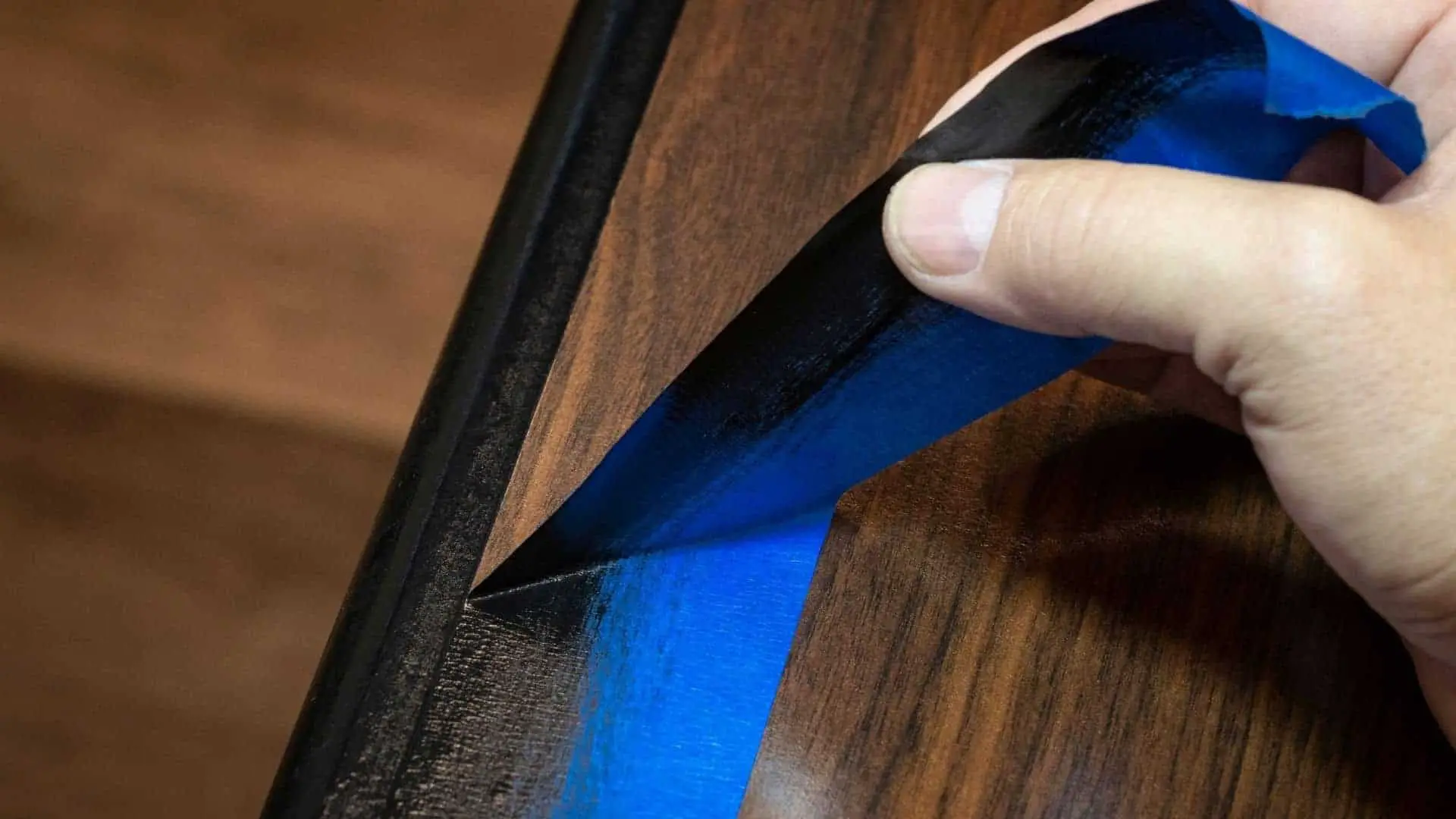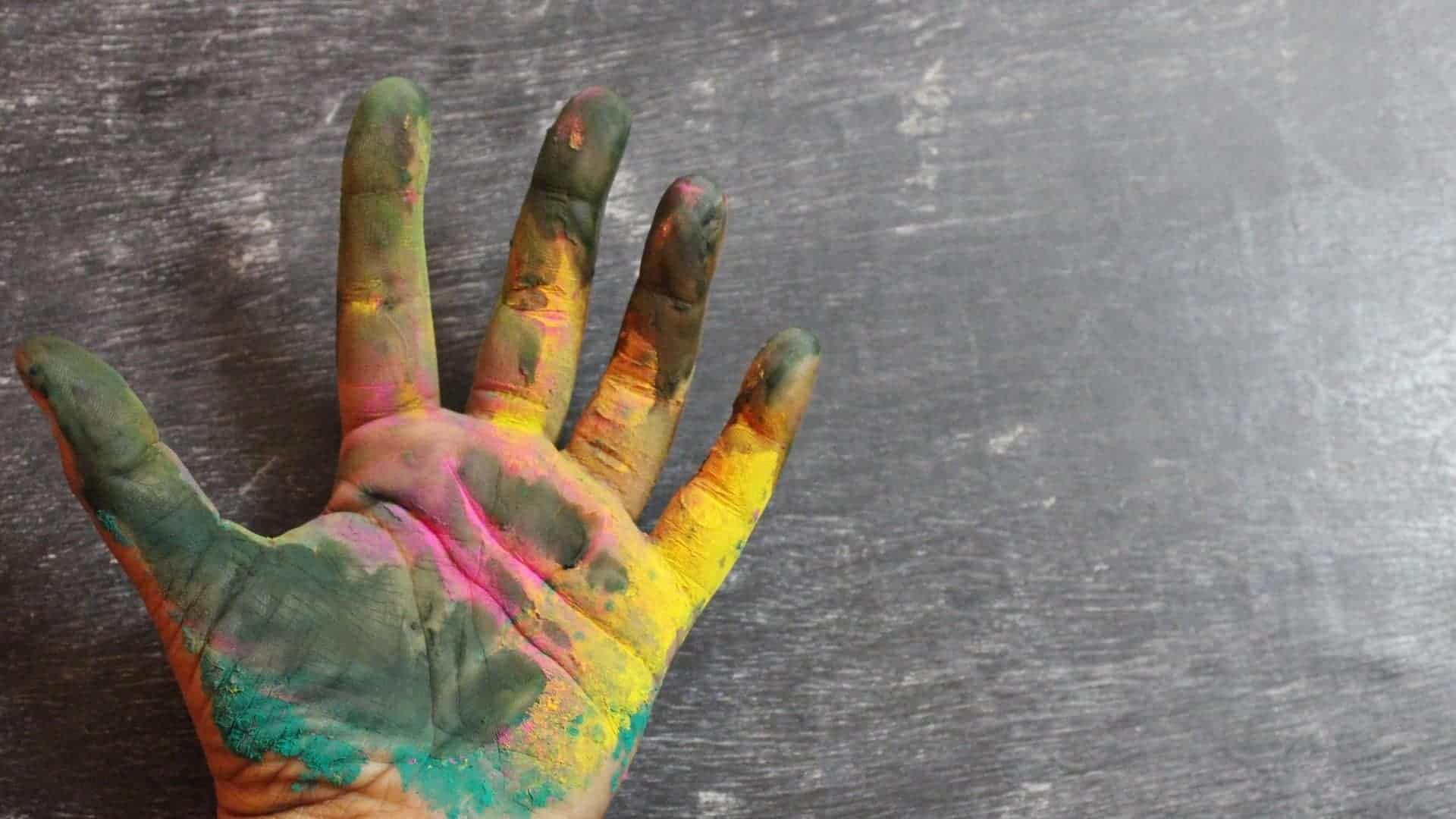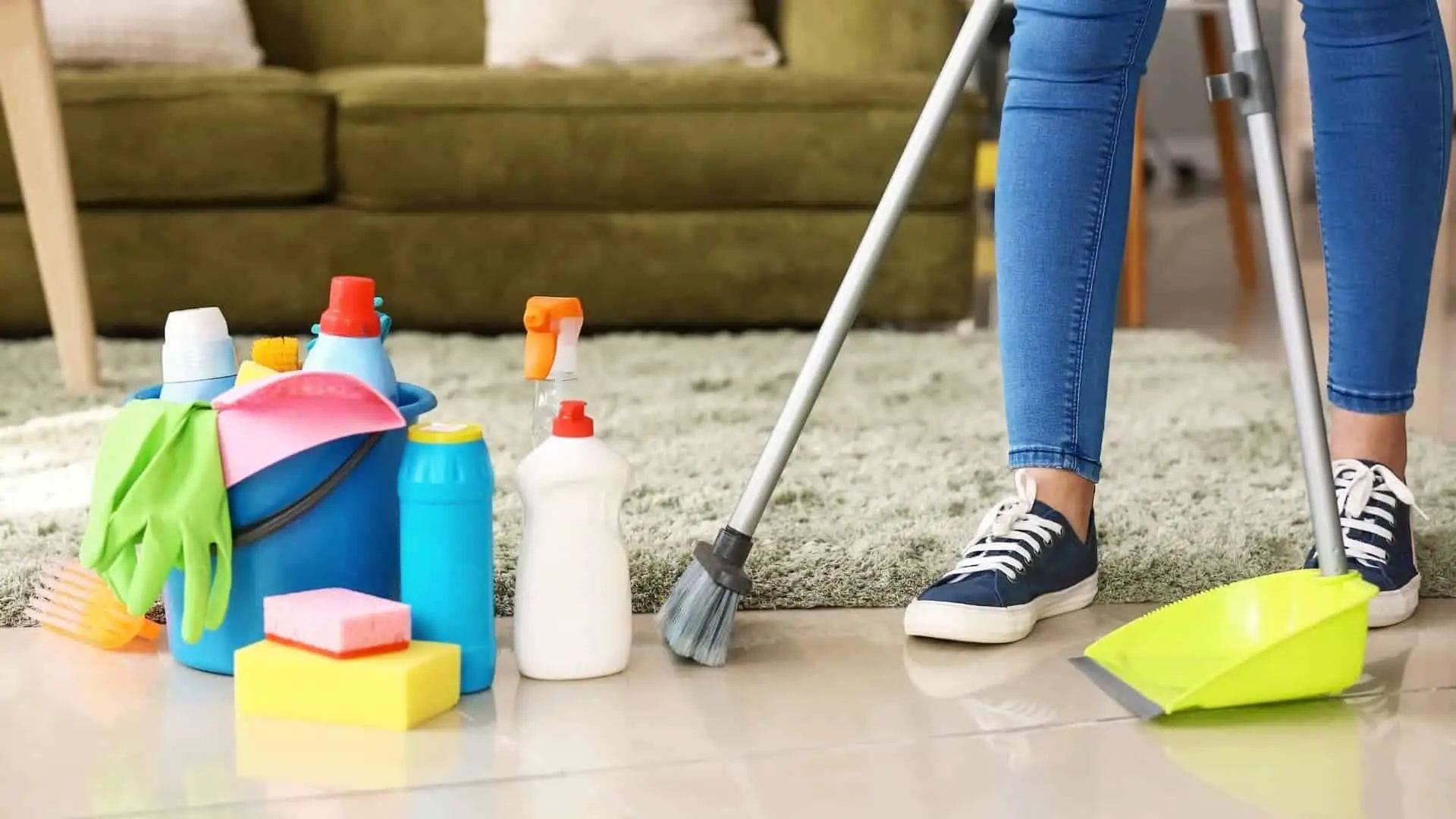In driving, your car picks dirt at the lower parts of the chassis. You need to remove this dirt (tar), which is what this article is about.
What’s The Meaning of Tar?
First things first, we need to understand the meaning of the term in question. Tar, also known as bitumen, is a byproduct of petroleum commonly used to tarmac our roads. Bitumen can withstand high daytime temperatures, a property that makes it a good pick for use in tarmacking our streets.
Supplies You Need To Get Rid Of Tar From Your Car
It is advisable to remove tar spots from your car as earlier as you notice them. Note that with time, the stains will start peeling off your car paint, and you may repaint the whole vehicle. The following forms part of the basic tar removal supplies:
- Fibred cloth
- The suitable solvent preferably Kerosene, peanut butter, and Gasoline
- Motor shampoo
- Container
- Water
Removing Tar From Your Car Paint Using Household Supplies
- The good news is that you don’t have to purchase expensive tar removal items. Products we use daily such as kerosene and butter, can help you eliminate tar from car paint. Consider using WD-40 based solvents to remove tar stains from your car paint.
- Please choose your preferred solvent and apply it to the tar-stained parts. Use your piece of cloth to spread your solvent over the tar stains. Be sure to allow your solvents enough time to react with the stains for a while before moving to the next step.
- At this point, shampoo the affected parts and wash them using warm water. Be sure to get rid of excess residues of the substances used to avoid any contamination on your car. Ensure you do a clean job by taking into account the proportion of your substances you are using.
The efficacy of household items may not be a sure way to get rid of all tar stains, and as such, you may notice that some colors are stubborn and nonreactive to your household solvents. In such cases, you might consider repeating the process a couple of times until your car paint is clear of the tear stains.
If you have a few coins on the side to spend, you may opt for commercial supplies to help you remove the tar stains. Read on to find out how to remove tar from car paint.
Removing Tar From Your Car Paint Using Commercial Supplies
This approach will require you to have a suitable solvent. You can shop online or check with your local auto shop for a proper tar stain remover. The following sections will help you understand how to get rid of tar from your car in an easy way.
- The approach is less the same as the one discussed earlier. Take your solvent and rub it around the tear-stained parts of your car. Be sure to go through the usage instructions before applying your solvent. Note that high-quality solvents will react instantly with the tar stains.
- Observe how the reaction between tar and your solvent goes on. Ensure the tar has wholly dissolved before cleaning up the area with a clean towel.
Wipe the surface of your car paint with care to avoid causing more damage because dissolved tar may contain granules. The granules may peel off the paint while wiping the surface. - Ensure the surface of your car paint is clear of any tar stain, and then use your shampoo and warm water to clean the affected areas. Note that you should use lukewarm water because it helps remove greasy residues from the surface of car paint.
Essential Tips to Keep in Mind
- When using WD-40 based solvents, be sure to apply them specifically on affected parts of your car paint. Similarly, use your piece of towel to apply the solvent to the affected areas.
- Avoid using home-based products that are full of other chemical compositions. If you choose to use butter, be sure it is purely natural with a fine texture. Similarly, use a piece of cloth to apply your butter to the affected areas on your car paint.
- After completing your tar removal process, allow your car to dry and then apply a suitable wax to maintain the paint and give your vehicle a shiny look.
- Be sure to wipe the dissolved tar in circular movements to avoid wasting your solvent.
- Carry out proper research on the most suitable way to get rid of stains on your car paint. The study may incorporate the recommended stain remover solvents.
- Avoid using petrol because, while it may work, it may also dissolve your car paint. You don’t want to start budgeting for complete painting on your car if you are not ready.
- Be sure not to spray your WD-40 based solvents to the windscreen because you may find it hard to remove.
- Be sure to use a wiping material that is soft textures to avoid adding more scratches to your car paint.
- Do not use thinning solvents such as varnish or clear spirit to remove tar stains from your car paint.
- Wipe the surface of your car paint with care to avoid causing more damage because dissolved tar may contain granules. The granules may peel off the paint while wiping the surface.
- Be sure to go through the usage instructions before applying your solvent. Note that high-quality solvents will react instantly with the tar stains.
- Remove tar spots from your car as soon as you notice them. Note that with time, the stains will start peeling off your car paint, and you may want to do the whole painting work.
- Ensure you do a clean job by taking into account the proportion of your substances you are using.
Depending on your preferred approach to removing tar from your car paint, be sure to use the right amount of substances to avoid damaging your car paint. You can minimize the chances of your car picking tar stains by keeping off roads newly built using bitumen.
Avoid using petrol because, while it may work, it may also dissolve your car paint. You don’t want to start budgeting for complete painting on your car if you are not ready.






